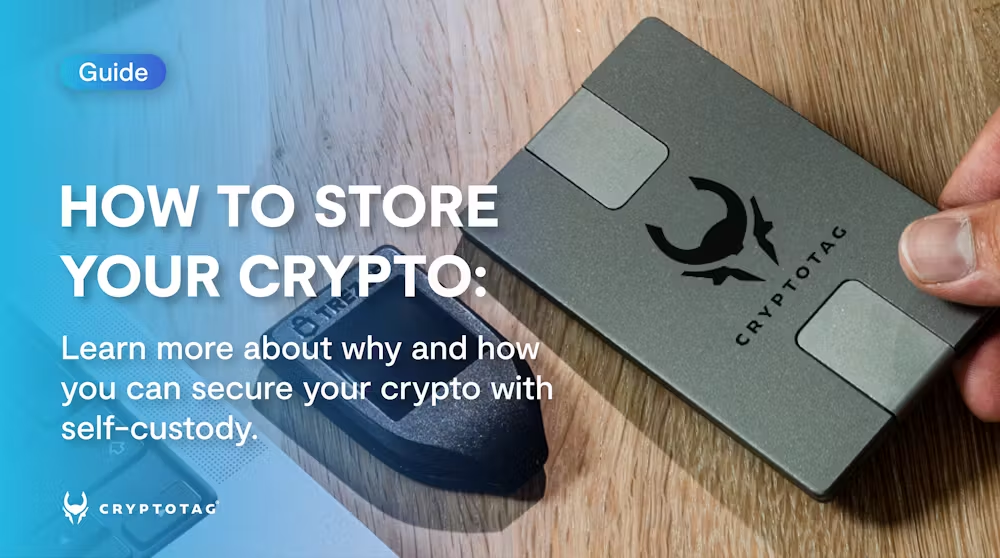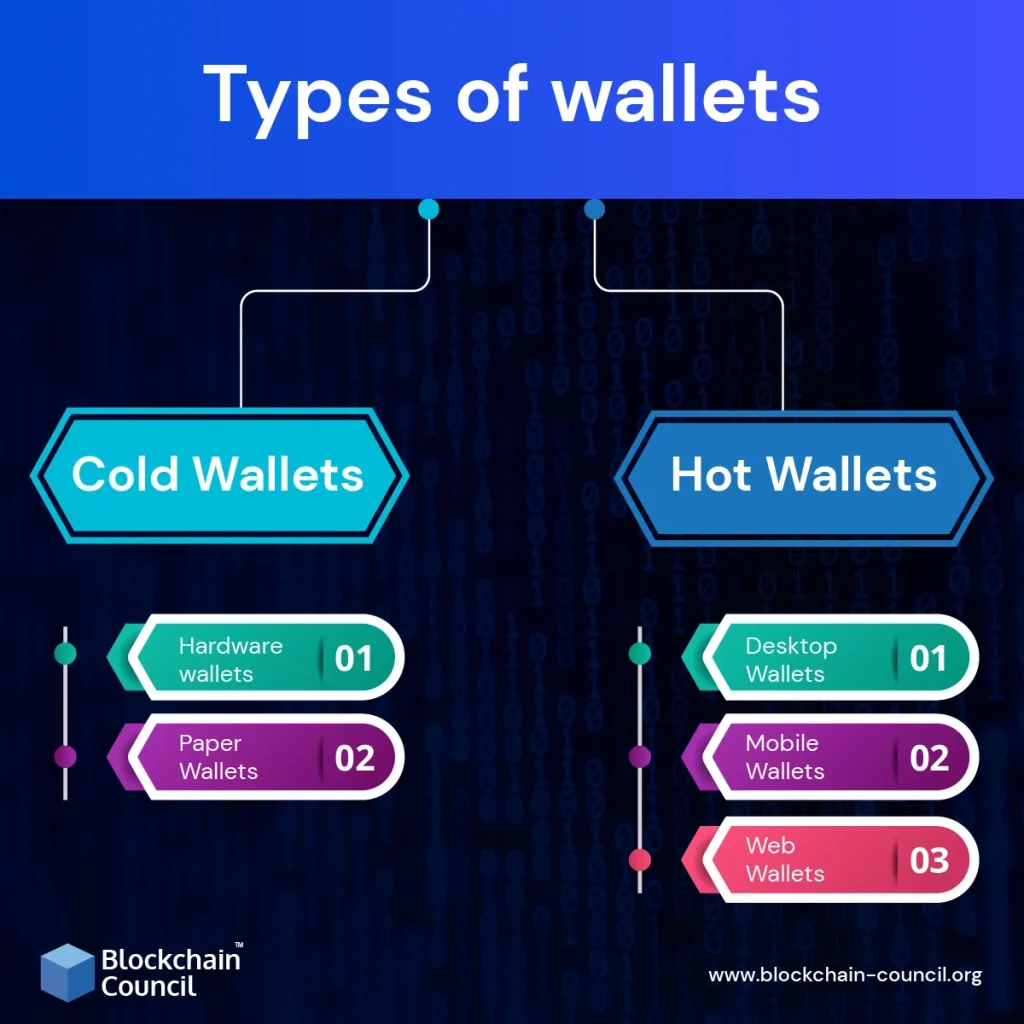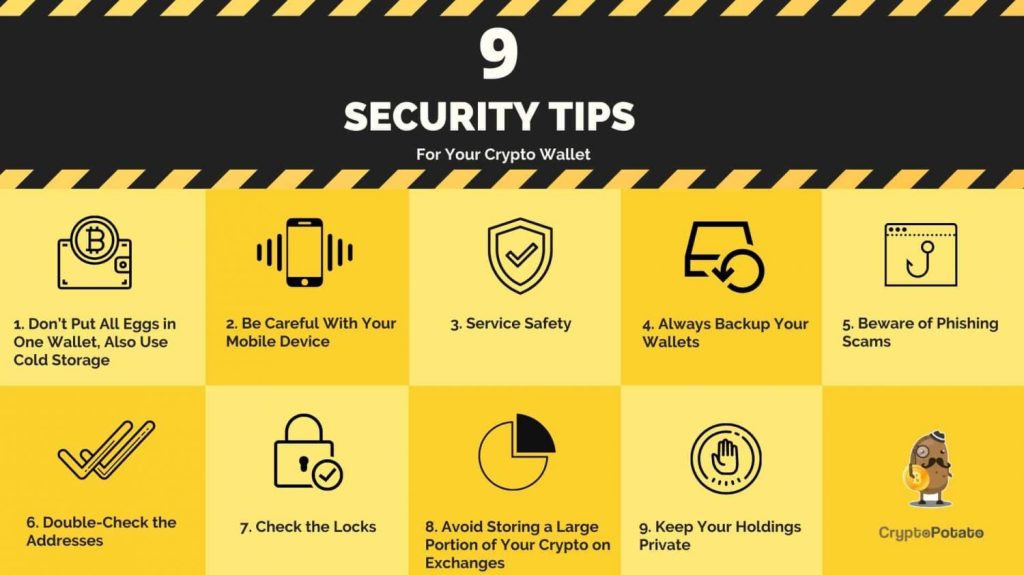Learn how to store cryptocurrency securely using wallets, best practices, and safety tips to protect your digital assets from hacks and theft.As cryptocurrency adoption grows, so does the number of hacks, scams, and thefts targeting investors. In 2024 alone, over $1.7 billion worth of crypto was stolen from wallets and exchanges. This highlights one critical point: owning crypto is one thing, but storing it securely is another challenge altogether.
Whether you’re a beginner or a seasoned investor, protecting your digital assets is essential. In this guide, we’ll explore the safest ways to store cryptocurrency, the types of wallets available, and practical tips to keep your funds safe.

1. Why Secure Storage Matters in Crypto
Unlike traditional banks, cryptocurrency has no central authority or customer service to recover lost funds. If your private keys are stolen, there’s no way to get your coins back.
Risks of poor storage include:
- Hacks: Cybercriminals target exchanges and hot wallets.
- Phishing attacks: Fake websites and emails tricking users into sharing credentials.
- Lost access: Forgotten passwords or misplaced seed phrases.
- Scams: Fake wallets or investment platforms stealing funds.
🔐 Bottom line: You are your own bank in crypto — and that means you’re also responsible for your own security.
2. Types of Cryptocurrency Wallets
Storing crypto starts with choosing the right wallet. There are two main categories: hot wallets and cold wallets.
Hot Wallets (Online Storage)
Hot wallets are connected to the internet, making them convenient but more vulnerable.
- Examples: Coinbase Wallet, Trust Wallet, MetaMask.
- Pros: Easy to set up, quick access, ideal for beginners.
- Cons: Higher risk of hacks and phishing attacks.
Best for: Small amounts or daily trading.
Cold Wallets (Offline Storage)
Cold wallets are offline devices or methods of storage, making them much harder to hack.
- Examples: Ledger Nano X, Trezor, paper wallets.
- Pros: Maximum security, immune to online hacks.
- Cons: Less convenient for frequent trading.
Best for: Long-term storage of large amounts.

Custodial vs. Non-Custodial Wallets
- Custodial wallets (exchange wallets like Binance or Coinbase) are managed by a third party. You don’t control the private keys.
- Non-custodial wallets (hardware or software wallets) give you full control of your funds.
💡 Pro Tip: The golden rule is: “Not your keys, not your coins.”
3. Best Wallets for Secure Crypto Storage (2025)
Hardware Wallets (Best for Security)
- Ledger Nano X – Bluetooth-enabled, supports 5,500+ coins.
- Trezor Model T – Touchscreen device with top-tier security.
Software Wallets (Best for Beginners)
- Exodus – User-friendly interface, desktop & mobile.
- Trust Wallet – Backed by Binance, supports multiple coins.
Mobile Wallets (On-the-Go Access)
- Coinbase Wallet – Easy integration with Coinbase exchange.
- MetaMask – Popular for Ethereum and DeFi tokens.
4. How to Store Cryptocurrency Securely
Step 1: Choose the Right Wallet
- Beginners → Start with a trusted mobile wallet.
- Long-term investors → Use a hardware wallet.
Step 2: Secure Your Private Keys
- Never share your private keys.
- Store your seed phrase offline in multiple locations.
Step 3: Enable Two-Factor Authentication (2FA)
- Use apps like Google Authenticator or Authy (not SMS-based 2FA).
Step 4: Keep Software Updated
- Always update your wallet firmware and apps to patch vulnerabilities.
Step 5: Avoid Public Wi-Fi
- Hackers can intercept connections on public networks.
Step 6: Diversify Storage
- Don’t keep all your crypto in one wallet or exchange.

5. Common Mistakes to Avoid
- Leaving funds on exchanges: Exchanges are prime targets for hackers.
- Taking screenshots of seed phrases: Photos can be hacked or leaked.
- Using weak passwords: Always create unique, complex passwords.
- Ignoring backups: Without your backup phrase, your funds may be lost forever.
6. Advanced Security Tips
- Use a multisignature wallet: Requires multiple approvals to send funds.
- Split storage: Keep some funds in a hot wallet (for trading) and the rest in a cold wallet.
- Consider metal backups: Store your seed phrase engraved on steel plates (fireproof & waterproof).
- Use a VPN: Encrypts your internet traffic when accessing wallets or exchanges.
7. What Happens If You Lose Access?
- If you lose your password, most wallets can be recovered with the seed phrase.
- If you lose your seed phrase, recovery is impossible.
- Some investors use multi-backup strategies (secure offline copies in different locations).
8. Regulatory & Insurance Considerations
- Some exchanges (like Gemini) offer insurance coverage for funds stored on their platform.
- Always check local regulations about crypto storage and reporting.
🔗 External Resource: Crypto Security Guide – Bitcoin.org
Conclusion
Storing cryptocurrency securely is just as important as buying it wisely. With the right wallet, strong security practices, and awareness of risks, you can protect your funds from theft and loss.
Key Takeaways:
- Use hardware wallets for maximum safety.
- Always secure private keys and seed phrases offline.
- Avoid leaving large amounts on exchanges.
- Stay alert against phishing and scams.
Start by setting up a trusted crypto wallet today, and take control of your digital assets with confidence.
